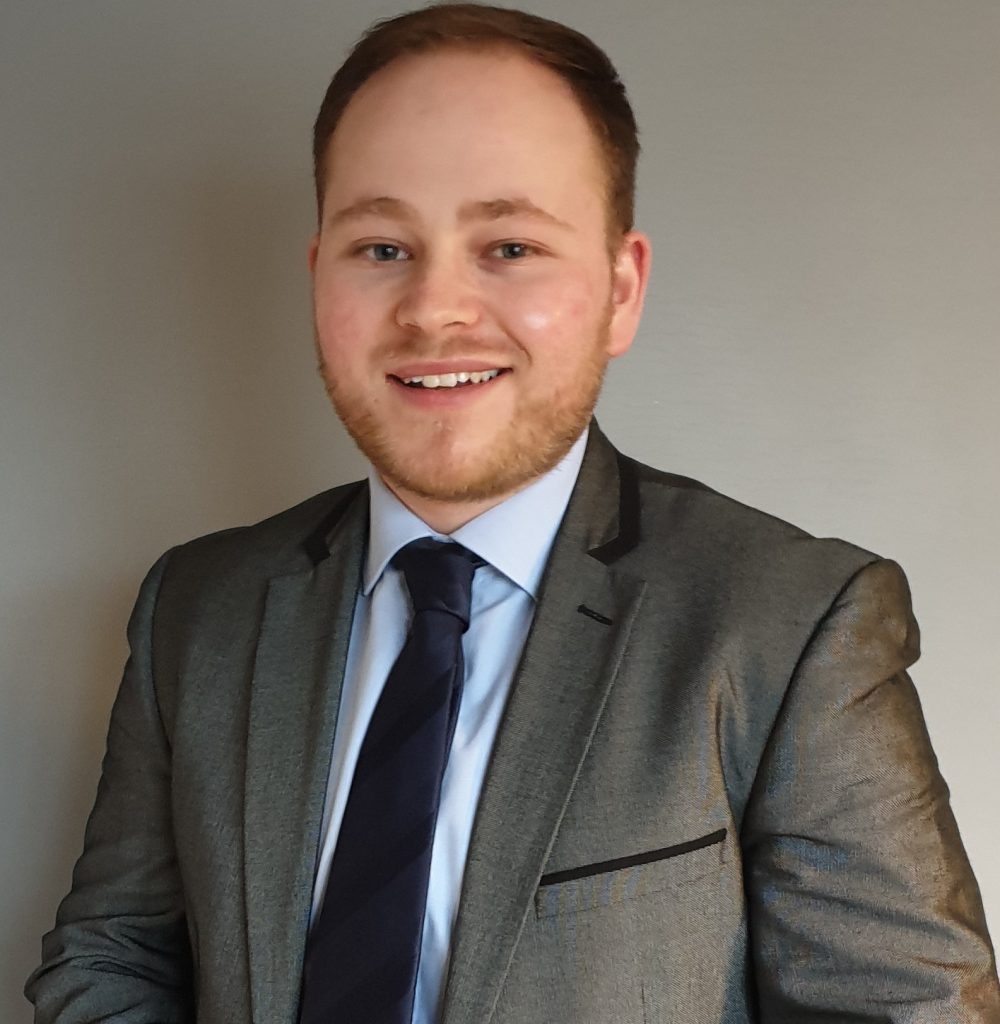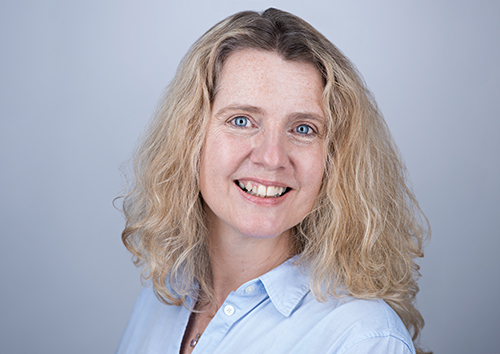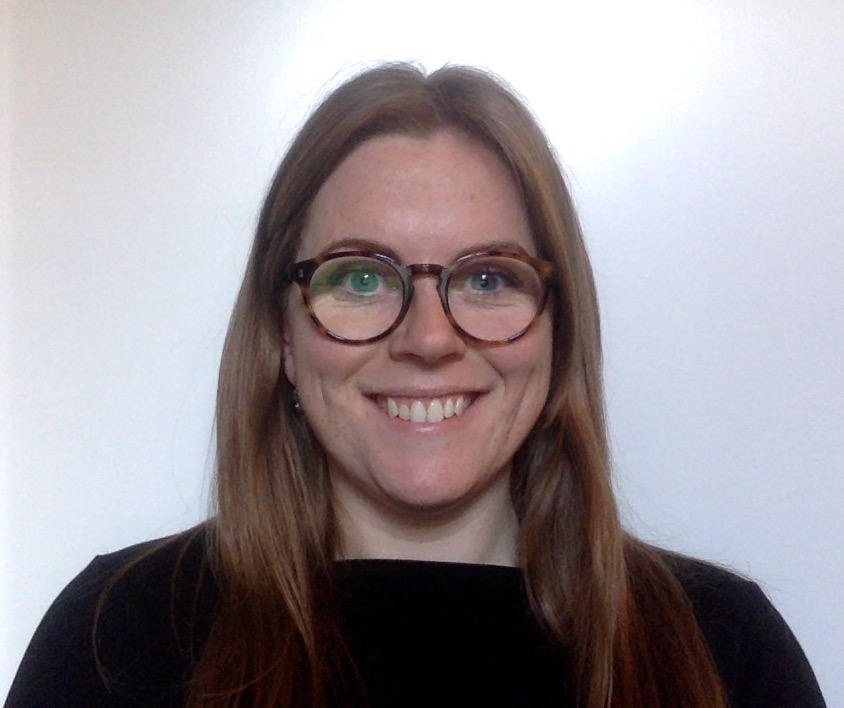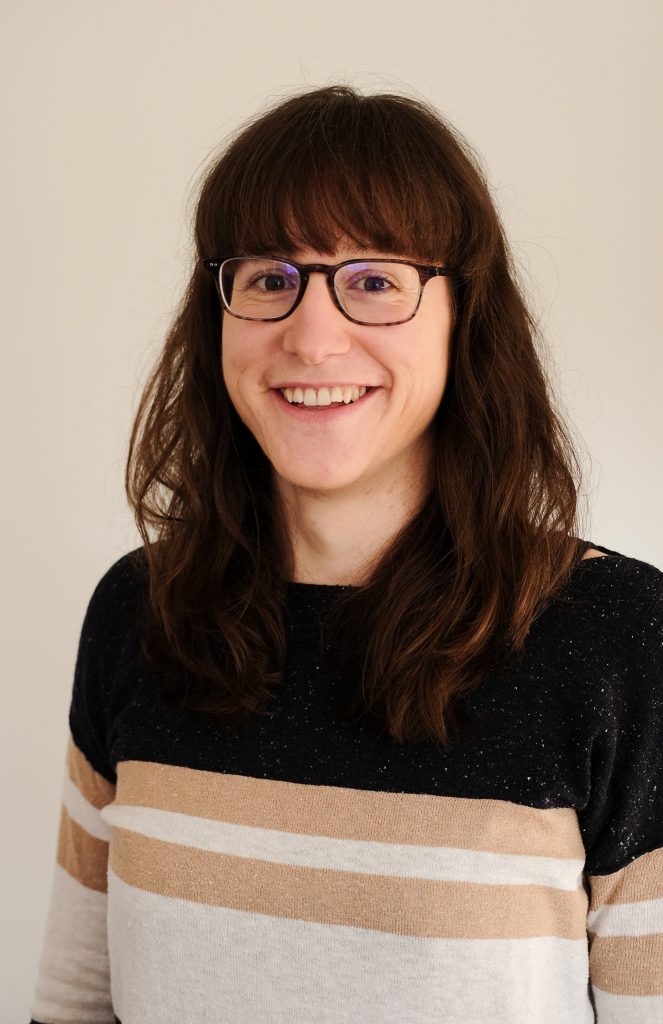The Translation Mentoring Scheme was launched by the ITI French Network in 2020. The scheme focuses on developing translation skills and is aimed at both experienced translators and newcomers to the profession. Mentees work on three translations over a period of six months, which mentors provide feedback and guidance on.
In December 2020, the first mentor pair, Clara Avrillier and Sue Leschen reported back. Read on as other mentor-mentee partnerships share their experience of the scheme, below.
Jae Marple and Cathy Dobson: tricky tourism texts and writing style
The mentee: Jae Marple

As soon as the opportunity presented itself to participate in the French and Spanish Net Mentoring Schemes, I jumped at it. I perhaps slightly neglected the importance of CPD at university, arguably spending too long doing course work rather than focussing on activities and consulting resources that would improve my knowledge of current developments in the translation and localisation industry. However, this all changed when I set up my freelance business. I immediately started immersing myself in CPD. Given the initial difficulties I faced in finding work in my specialist areas, I saw the mentoring scheme as a golden opportunity to benefit from the experience and know-how of a seasoned campaigner, build my translation portfolio, and, in turn, enhance my skills while attracting higher quality clients.
I received many projects related to international development during my first few months as a freelancer, but few and far between for tourism, which was rather disappointing as a keen traveller. I therefore decided to specifically focus on this specialism as part of the mentoring scheme. Cherry Shelton suggested that I be paired with Cathy Dobson, a highly experienced tourism translator and copywriter (I’m sure you most of you already know her). After contacting Cathy by email and telling her what I hoped to get out of the experience, I knew she would be the perfect mentor for me.
We agreed that I would be sent a text each month — three in total — giving me plenty of time to fit my mentoring scheme work around my existing commitments. Cathy would then look over my translations after I submitted them, before sending them back to me with comments on sections I had translated particularly well, as well as on fragments that she felt could possibly be improved. (Thankfully, there were more of the former!) We would then arrange a Skype meeting, discussing aspects of the source text or my translation, or even rates and questions to be raised with the end client in real-life projects.
The first text that Cathy gave me to translate was an extract from a travel brochure promoting the department of Yonne, Burgundy. The aim was to encourage me to distance myself from the source text as much as possible, in order to entice and persuade the reader.
Having mostly worked on translations for the field of international development at the very start of my translation career, I was accustomed to sticking relatively closely to the source texts, which don’t tend to be too dissimilar, stylistically and grammatically, from English texts in this field. Being informative in nature, international development-related texts also serve a completely different purpose to the marketing-style texts found in travel brochures.
After quickly glancing over the travel brochure extract, it soon became apparent that sticking relatively closely to the phrasing, grammar, and vocabulary used in the original French would sound unnatural and ungainly in English, and, in turn, result in the translation failing to achieve its purpose. In order to successfully persuade the intended reader, I aimed to produce a short, snappy, punchy, and concise translation, merely using the source text as a guide in terms of meaning.
While working on the text, I made a highly concerted effort to avoid source-text influence, especially when faced with expressions such as “laissez-vous enchanter,” which sound overly flowery in English and can be simply replaced by the imperatives “enjoy,” “indulge” and “discover”. Another issue is that there are no clear and readily-available English equivalents for these expressions on online bilingual corpora such as Linguee, making creativity essential.
Another key point to consider was that this text contained far more cultural references than I would normally encounter in an international development-related text, where you also have the luxury of space for explanations or footnotes. Nevertheless, in a text for a tourist brochure, long explanations can detract from the punchy, snappy nature of the text, as well as occupy too much space. There is also the danger of telling the reader too much, rather than arousing their curiosity and interest in discovering the destination for themselves. After all, why would someone want to go somewhere if they already know everything about it? How would it be possible, in this case, to persuade them to discover it for themselves? I therefore had to avoid spelling everything out to the reader, as I normally would, to produce a succinct, idiomatic rendering of the source text in English.
The second text Cathy gave me was part of the script for a tourist train audio guide. With this text, I had to constantly think about how my translation would sound when read aloud and avoid using complex language and potentially convoluted sentences. The final product was intended to accompany a city tour. If the text was too difficult for listeners to understand, they’d be distracted from the city’s attractions and it would affect their overall experience. Another question I asked myself was: “How formal should my translation sound?” I have noticed that tourism-related texts span across a relatively wide spectrum of formality, but this spectrum is arguably wider for spoken language due to the many factors affecting how we speak. In the end, I decided to aim for the middle-ground — a not too formal or informal style.
The third text Cathy gave me was a travel brochure extract about the islands of São Tomé and Príncipe. The challenges posed were similar to those mentioned above, but the cultural references in this text were particularly difficult to deal with in my translation, not only because the destination and its attractions are largely unknown to the target audience, but also because they referred to specific cultural terms in Portuguese. I therefore opted to spell out most of these references to the reader in short explanations embedded within the text. Space constraints meant that these could not be too long. And I did not want to reveal too much, in order to maintain the element of exoticness, in the hope of persuading readers to visit the islands. I also had to consider whether the paragraph-long description of the island’s physical geography and climate should be kept in my translation. Reading parallel texts confirmed that although such information is commonly found in tourism-related texts written in French, this is not the case for those written in English. I ended up translating this passage for the purpose of the mentoring scheme, but I would definitely have raised this question with the end client in a real-life project, arguing the case for this paragraph’s omission from the English translation since it was not in keeping with text-typological conventions.
Overall, this experience has contributed tremendously to my growth as a translator. Not only have I benefitted from the unarguable skills and expertise of a seasoned translator in one of my specialist fields, but I have also gained invaluable insights into the translation process and dealing with clients, which I knew very little about before. I can already see the results of my partnership with Cathy in my current professional translations, as well as those for the Spanish Net Mentoring Scheme, and I am starting to think about things that I would never have even considered before. Participating in the mentoring scheme has undoubtedly been my favourite and most useful CPD endeavour to date, and I will forever be thankful to Cathy for offering to give something back to the profession and serving as my mentor. Because this experience has been so enjoyable and useful, there is no doubt that I will also be taking an industry newcomer under my wing in the future.
Jae Marple is a French, Spanish and Portuguese to English translator specialising in sport, tourism and international development.
The mentor: Cathy Dobson

One thing I really wanted to know, but struggled to find out, in the early stages of my freelance career – was how my translations compared with the work of more seasoned professionals. So, when the French Network launched this scheme, I was happy to volunteer as a mentor.
There’s more to translating for tourism than meets the eye. The array of topics and the subject-specific vocabulary that can come up in any one text often require in-depth research. Then there’s the matter of turning ornate and sometimes abstract French into pithy and engaging English copy, invariably under pressure of deadline.
Throughout the mentoring process I encouraged Jae to think as much about his writing style, and the language and phrasing we would use in similar texts in English, as about replicating the source information. After each translation (three in all), I provided written comments which formed the basis of our follow-up chats on Skype. I was impressed with how Jae used my suggestions as a springboard and applied himself to honing his skills as we progressed.
The texts Jae translated were all edited from projects I had worked on some years ago, so at the feedback stage I also shared my own versions with him. From a mentor’s perspective it was certainly interesting (and at times salutary) to look back on some of my past work and to reflect on translation decisions I made at the time and what I might do differently now.
Based on this experience, I’d say that mentoring definitely has the potential to be worthwhile for both mentor and mentee. So, if you are wondering whether to volunteer for the next cycle, I can highly recommend it.
Cathy Dobson is a French to English translator/copywriter specialising in marketing communications, wine, tourism, and the environment.



